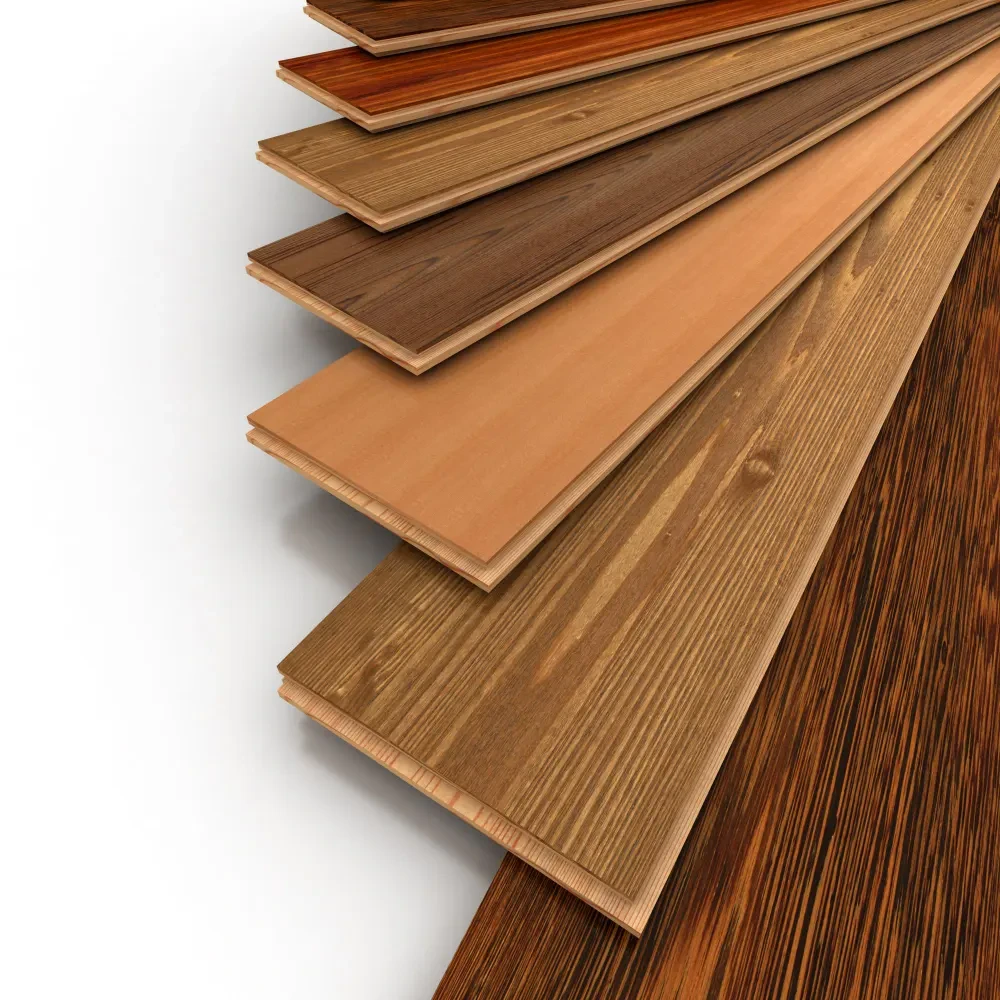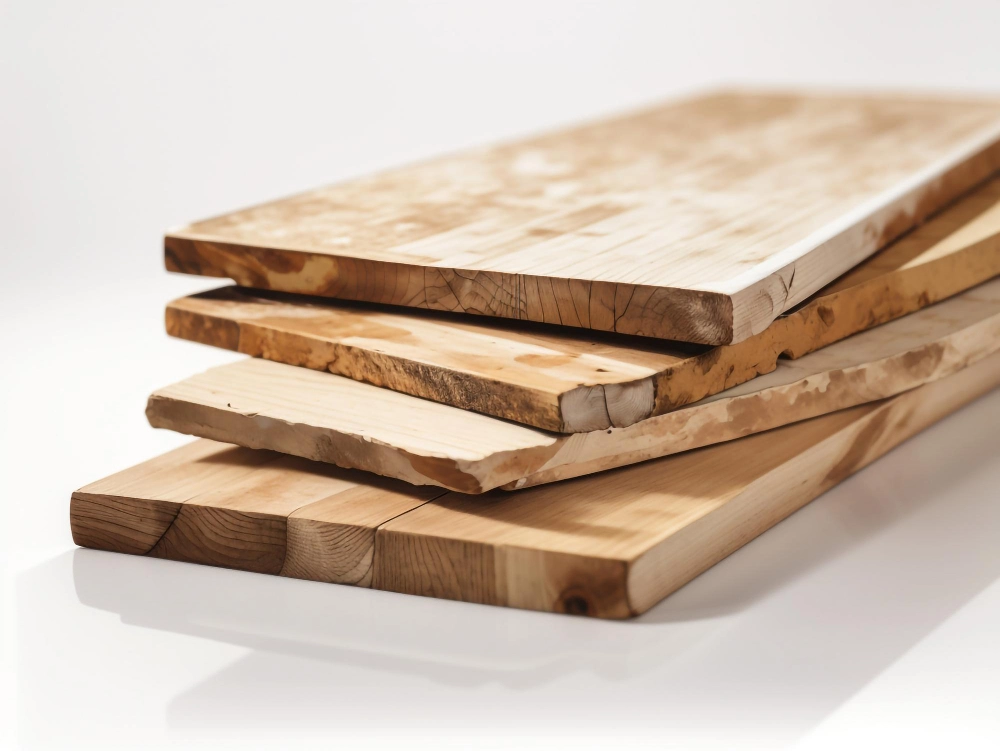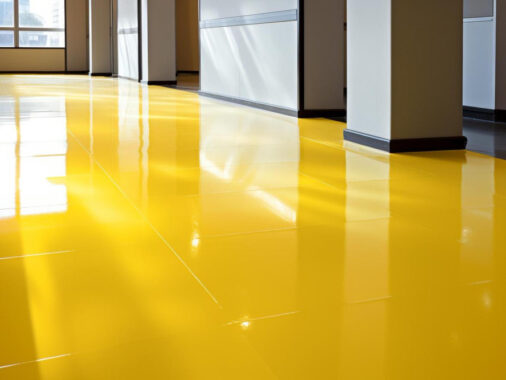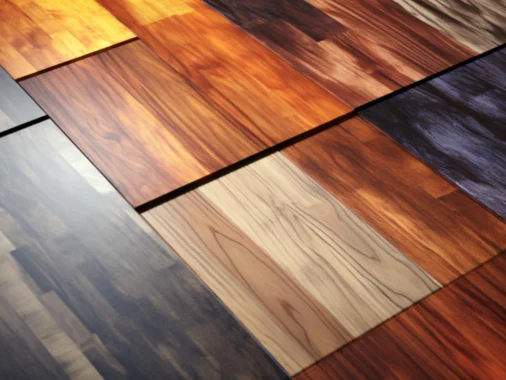Nowadays every person needs a beautiful house to live in. If you want to make the house more beautiful, you need to use good good-quality subfloor for flooring. The subfloor plays a crucial role in providing structural support, stability, and insulation in a building’s flooring system.
Choosing the right subfloor thickness is essential for achieving optimum insulation and ensuring energy efficiency within a home or commercial space. Understanding the factors that influence subfloor thickness can help homeowners and builders make informed decisions when selecting materials and construction methods.
What is a Subfloor?
To make the floor of your house more beautiful you need to use good flooring. Also, the subfloor plays a very important role in making this house more beautiful. So in this part, we will discuss about subfloor in detail. A subfloor is the layer of material installed beneath the finished flooring surface, providing a stable base for floor coverings such as hardwood, laminate, tile, or carpet.

Typically made of plywood, oriented strand board (OSB), or concrete, the subfloor serves as a structural platform that supports the weight of occupants, furniture, and fixtures while also providing a level surface for flooring installation.
What are the Benefits of a Subfloor?
We have discussed in this part of the post what benefits you can get if you use the subfloor inside the house:
- Structural Support: The subfloor distributes the weight of the flooring materials and occupants evenly across the floor joists, preventing sagging or unevenness.
- Moisture Protection: A well-installed subfloor acts as a moisture barrier, protecting the underlying structure from water damage and mould growth.
- Sound Insulation: The subfloor helps reduce noise transmission between floors by absorbing and dampening sound vibrations.
- Thermal Insulation: Properly insulated subfloors can help maintain indoor temperatures and reduce energy costs by minimizing heat loss through the floor.
What Is the Optimal Subfloor Thickness for Optimum Insulation?
The subfloor should be used to make the floor of your house as beautiful as it is. Also, before installing subfloors in your home, you must have a good understanding of the thickness of the subfloor. Then you can make your home more beautiful.
The optimal subfloor thickness for optimum insulation depends on various factors, including the type of insulation used, climate conditions, and building codes. In general, thicker subfloors provide better insulation and thermal performance.
For plywood or OSB subfloors, a thickness of 5/8 inch to 3/4 inch is commonly recommended for residential construction. However, additional insulation materials such as rigid foam boards or spray foam can be added beneath the subfloor to enhance thermal resistance and energy efficiency further.
Select The Right Subflooring

When selecting subfloor materials, it’s essential to consider factors such as durability, moisture resistance, and compatibility with the finished flooring. Plywood and OSB are popular choices for wood-framed construction, while concrete subfloors are common in slab-on-grade or basement applications. Additionally, choosing subfloor materials with high thermal insulation properties can help maximize energy efficiency and indoor comfort.
Conclusion
Choosing the right subfloor thickness is crucial for achieving optimum insulation and energy efficiency in a building’s flooring system. By selecting materials with adequate thermal resistance and installing them correctly, homeowners and builders can create a comfortable, energy-efficient living environment that meets their needs and preferences.
Consulting with building professionals and adhering to local building codes and regulations will ensure that the subflooring meets quality standards and contributes to the overall performance of the structure. We hope that by reading this post you have learned about the best subfloor thickness and what types of subfloors will make your home look more attractive. If you like our post then you can share it with your friends and family.




